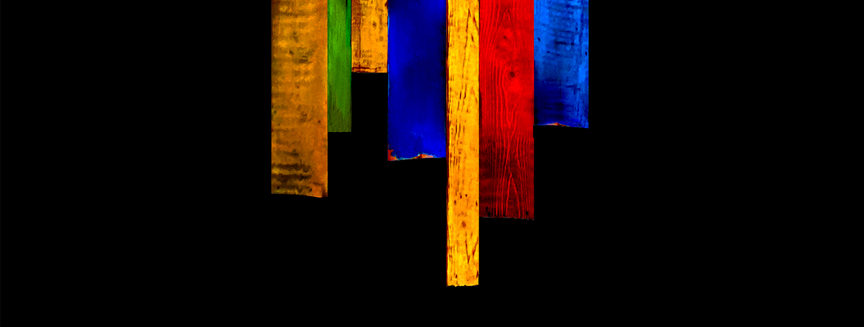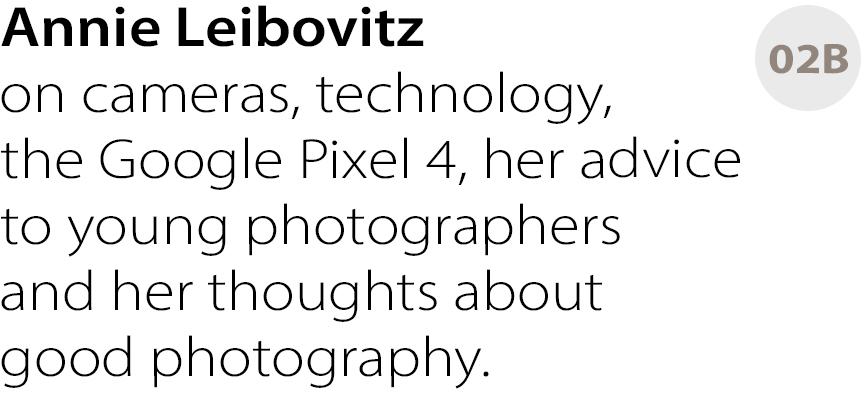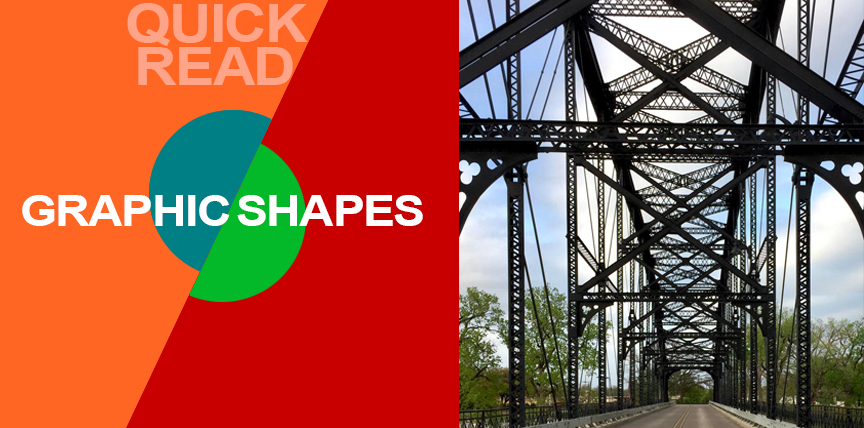

WRITTEN BY: STEVE HOLLOWAY


First, in a 2019 San Antonio Report story, Leibovitz said good photography is not about the equipment “I’ve always believed that it’s about content. It has nothing to do with the camera.”
She was in San Antonio to speak at the Tobin Center for the Performing Arts. She chronicled her life in photography with stunning portraits of the famous and notorious and, at one point, focused on pictures of her own family.
Leibovitz repeated her chief advice to aspiring photographers: “I’ve said a million times that the best thing a photographer can do is stay close to home and start with friends and family. … What I’m really saying is you should take pictures of something that means something to you.”
She also talked about cellphone cameras and revealed, in a VIP talk, that she was working with Google to refine their smartphone camera technology. “We’re going to get there with cellphone cameras. You can’t underestimate the ease, and just having something in your pocket and just taking a picture,” she said.

Leibovitz partnered with Google to create Face Forward a campaign featuring portraits shot exclusively on the Google Pixel 4 smartphone.

Four years later, Allison Mateus wrote in a 2023 Digital Trends article, that “Google gave Leibovitz a Pixel phone to capture subjects across the country. Leibovitz said while she’s used to using a camera phone, she wasn’t necessarily used to using it as a professional photographer.”
Leibovitz said, “What’s great about the Pixel 4’s camera is that you carry it in your pocket”.She used the Pixel 4 to capture subjects and tell their unique stories using two different shots.
“I decided to take two photographs to create a portrait because it’s hard to say what you want to say about a person in one picture,” she said.“Every single person that we photographed is doing something that they care about and they represent great parts of us.”
In 2019, after the Face Forward project wrapped, Anna Purina Kambhampaty in a Time magazine article about the portraits, asked Leibovitz, “This campaign was shot exclusively on smartphone – how do you think the increased accessibility of the medium of photography is a positive thing?”
Leibovitz’s reply provides a unique perspective, “Anything that makes photography easier is a good thing”
“Anything that makes photography easier is a good thing. The first photographers had to be scientists and chemists. I was brought up with going to the dark room and seeing the image show up in the pan. It was so romantic and magic, pure magic.”
“It’s a new time now. There’s new technology, which is exciting too! I was very, very interested in trying to do a project with the camera phone because I really do believe in it, and I wanted to talk to the people who make them to maybe make them more useful for photographers. Quite honestly, using it as itself, rather than trying to make it a regular camera, I really did feel like I was gliding with it. You take pictures with your heart, your eyes, how you look, how you see and how you perceive in your mind; the equipment has very little to do with it in a way.”

In the Nicholas Frank’s interview, Leibovitz said, “Part of what helps change the work is staying current with the technology. There’s just too many wonderful aspects to digital to avoid it, number one, and number two is I’m learning about it like everyone else is. I’m just trying to figure it out,”
Finally, Leibovitz said that the best advice she received was that she would learn the most by looking back at her own work.

I’ve found that the images/project I’m working on today do suggest, direct or inform ideas for my next image/project.
And that technology is in a constant state of change.
It is an exciting time. Every day tech evolves for image capture and post production tools letting us produce higher quality image files at lower and lower costs.
The image sensor of the first digital single lens reflex camera I used on assignment had half the pixels of the sensors that come straight out of your pocket today.
New technologies keep changing what we’re able to do, how easy it is to work and the level of quality we can produce in the process.
It’s become affordable for everyone, EVERYONE to produce complex still and film projects not just a select few with a crew and a budget.

Look at the Leibovitz Face Forward portraits. See what she did with Google Pixel 4. The Pixel 4 she described here: “using it as itself, rather than trying to make it a regular camera, I really did feel like I was gliding with it. You take pictures with your heart, your eyes, how you look, how you see and how you perceive in your mind; the equipment has very little to do with it in a way.”
Watch the YouTube Matt Project video Face Forward by Annie Leibovitz on Google Pixel.


Graphically interesting, symbolically versatile.
The graphic shapes of a bridge are visually interesting. Functionally, bridges take you from one place to another.
Transitional images.
Symbolically, bridges, like doorways, represent transition, a life change, moving forward and the act of creating a means to overcome obstacles.
Built in 1901, the Washington Street bridge is one of eight vehicular bridges that crisscross the Brazos River connecting Northeast Waco to the historic shopping/dining district, the Waco Riverwalk, the Dr. Pepper Museum and the Magnolia Market at the Silos.
I photographed the Washington Street Bridge for the first time in 2019. It was an overnight visit to Waco so I only had one opportunity to get this shot. It was midmorning. I was shooting handheld on an iPhone 6, tried three camera positions then came back to eye level and captured the image above. Read more about transitional images, how they were captured and post production.


Jump to any Point of View how to guide, process deep dive or a pre iPhone portfolio plus how influences shape the storytelling process and a memoir that looks at the story behind the stories and to Nonlinear Content galleries and stories.

Introduction
Become a storyteller
Technology
- 02A Digital evolution.
- 02B Annie Leibovitz.
- 02C From Batman to the iPhone.
- 02D Henri Cartier-Bresson’s Leica.
- 02E Moving from film to digital to iPhone.
- 02F The self portrait series.
- 02G iPhone camera rigging.

- 03A Working with light.
- 03B The scout.
- 03C Shooting during the golden hour.
- 03D Photographing people.
- 03E Details, shadows, shapes and textures.
- 03F Plate shots and reflections.
- 03G Feed your passions.
- 03H People and food, two favorites.
- 03I On the road.
- 03J Wall art (it’s not what you think).
- 03K Transitional images.
- 03L Night photography.

- 04B Assemblages and abstractions.
- 04C Change the composition of an image.
- 04D Color correction vs color grading.
- 04E Create motion with Live Photo.
- 04F Resize images and retain detail.
- 04G Software and skill building resources.
- 04H On device apps.
- 04I Offboard resources.

- 05A Two key iPhone features.
- 05B Camera and light kit ideas.
- 05C Copied on iPhone.
- 05D Learning post production.
- 05E Designing with type.
- 05F Learning from cinema.
- 05G The three lens solution.




